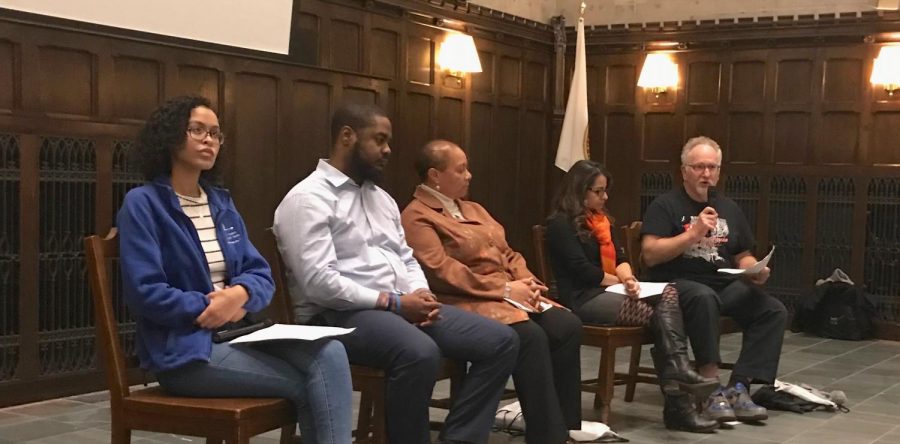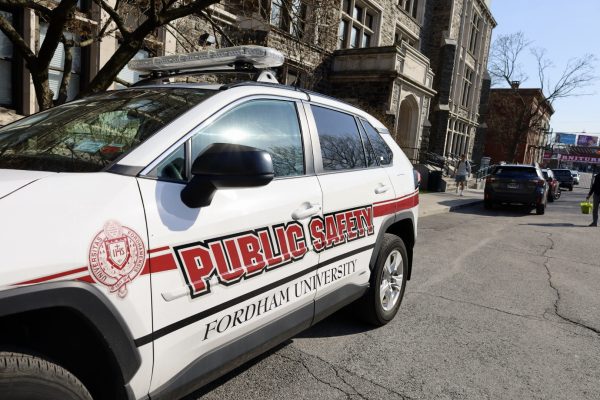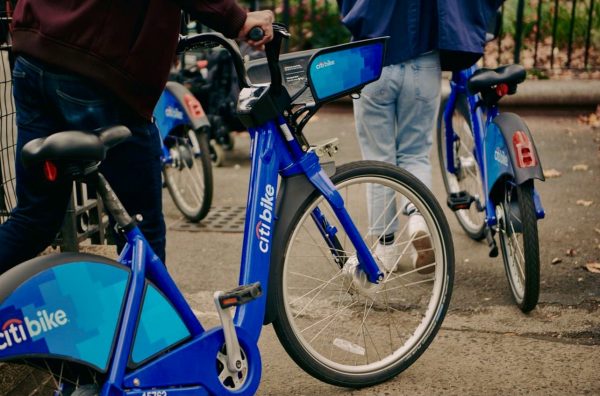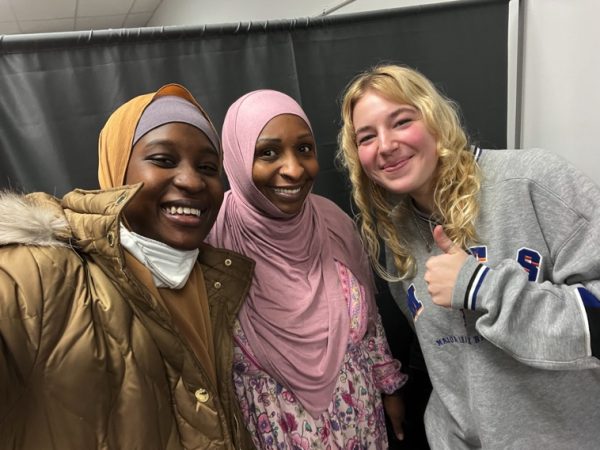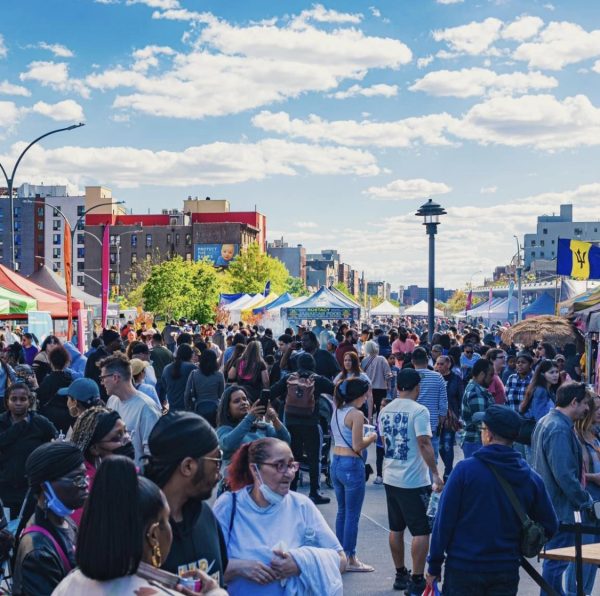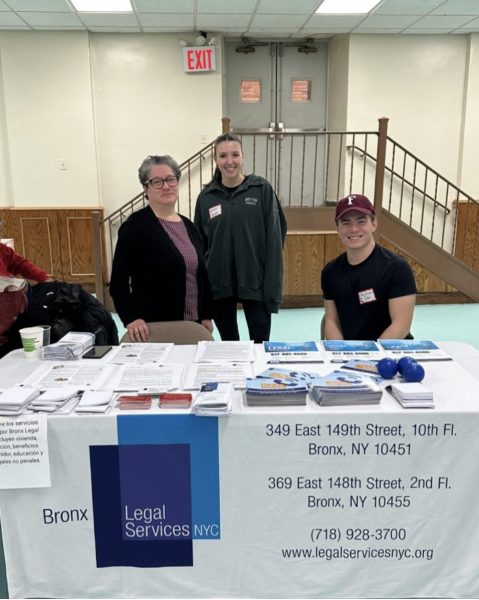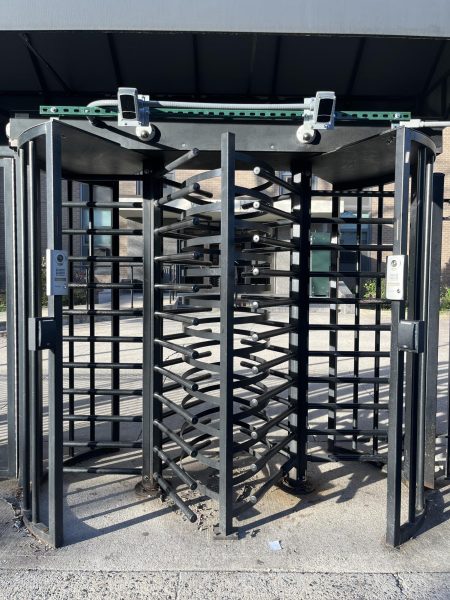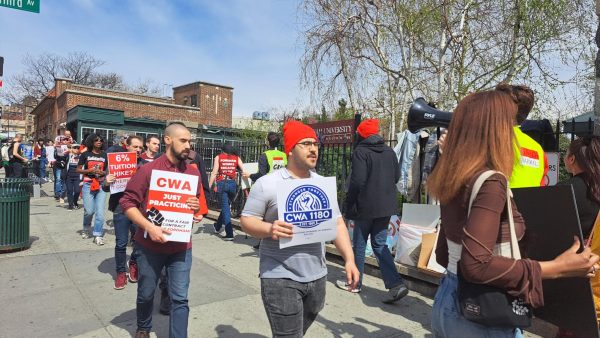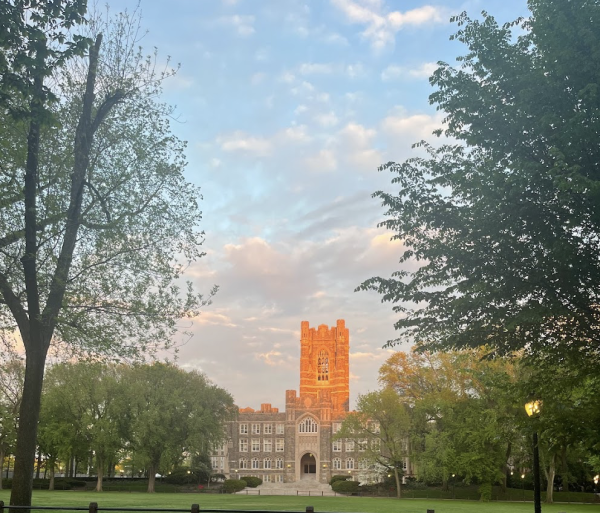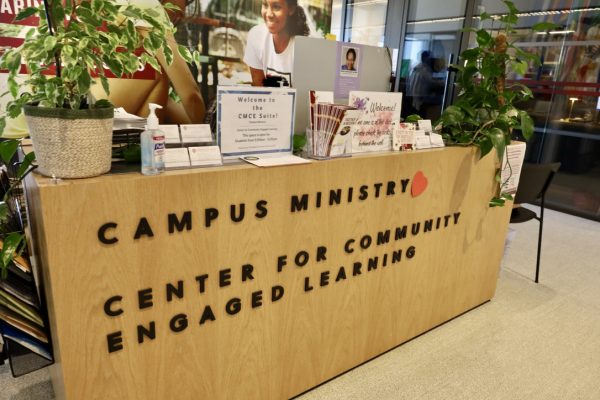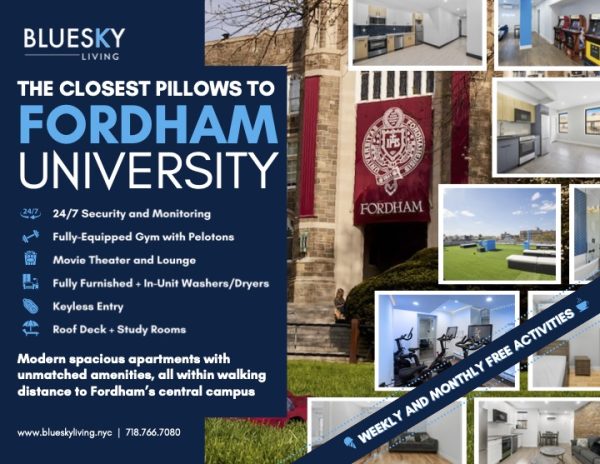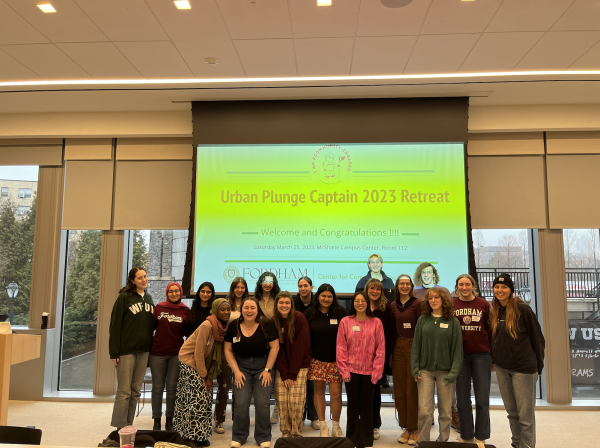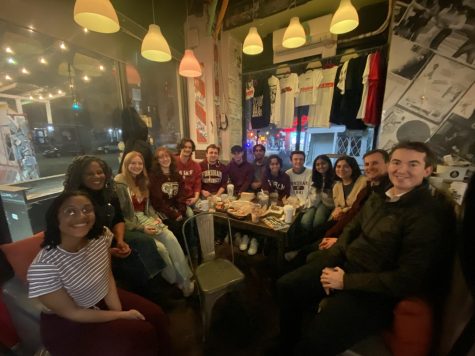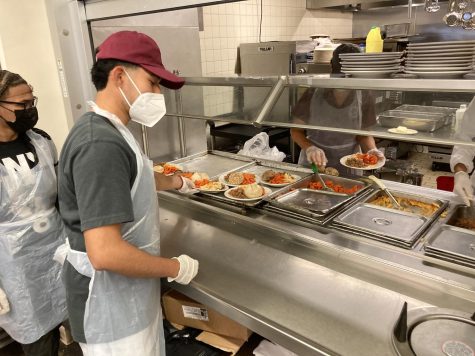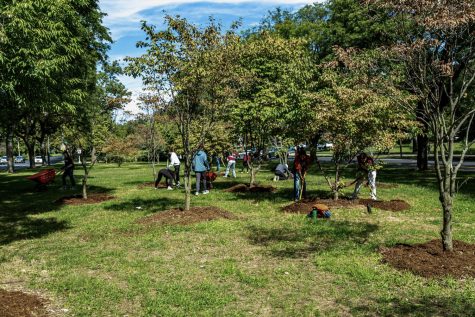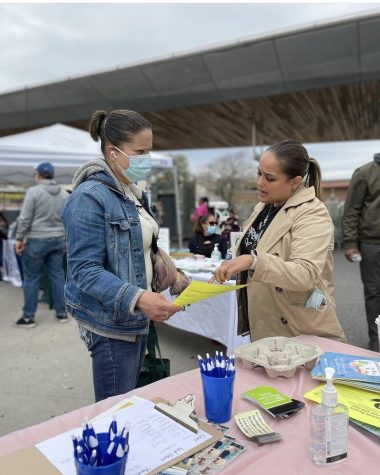Panelists Talk Community
By Joergen Ostensen
Panelists at the Fordham-Bronx community relations town hall came together to discuss how to remedy the disconnect they perceive between the university and the neighborhood it calls home.
Mark Naison, Ph.D., professor of history and African American Studies, served as the moderator for the event. He said when he first came to Fordham 48 years ago, the university population was far closer to representing its community.
According to Naison, the university has changed in respect to Bronx representation, but events like the town hall encourage him.
“I’ve never seen anything like this before,” said Naison. “We’re going back to where it was when I first came here.”
Sandra Lobo, executive director of the Northwest Bronx Community and Clergy Coalition, Maria Aponte-Gonzalez, asst. director of Global Diversity and Inclusion of Fordham Career Services, Michael Partis, FCRH ’08, director of South Bronx Rising Together and Vanessa Reyes, FCRH ’19, secretary of ASILI, the Black Student Alliance made up the panel. Lobo said she felt at home in the Bronx as soon as she arrived as a Fordham student in the 1990s. She wanted to get involved in community work.
However, according to her, the work done by the then Dorothy Day Center created unequal relationships. “They weren’t grounded in a reciprocity,” she said. Lobo, who has spent 17 years working in the Bronx community, said it is important for students to remember they are not working in the community in order to save it. According to her, the issues faced by residents will continue after students graduate.
“The Bronx does not need your help,” Lobo said.
Aponte-Gonzalez, a Bronx resident, said she lives and breathes the borough. According to her, when she tells people she works at Fordham, they usually respond incredulously.
She said the world she enters when she leaves the gates of Fordham is a very different one.
“When I get on the bus, it’s all black and brown faces,” she said.
According to Aponte-Gonzalez, the gates surrounding the campus send a clear message to Bronxites.
“Everybody hates the gates and they don’t feel that they can get in,” she said.
Partis, who is both a graduate of Fordham and a lifelong Bronx resident, said the gates reflect an attitude of unnecessary protectionism.
“Our students are ‘fragile’ and need to be protected from the ‘mean, scary Bronx,’” he said.
He said there are hurtful consequences.
“The gates are like a barricade; its purpose may be protective but it gives the perception of being uninviting,” he said. “ It alienates and keeps a lot of residents out.”
Aponte-Gonzalez said she struggles to find community at work.
“No one here ever stops and asks me who I am, what I do,” she said. She said she often feels alienated having to help white students land jobs, which will pay them five times her salary. According to her, what keeps her going is the students of color.
“I stay so that when a brown or black student comes into my office, they see somebody who looks them,” she said.
Reyes, who is a current student, said her entire education happened in the Bronx. She said Fordham is radically different because of the separation between the campus and the community.
“It’s so different, it’s such a weird thing for me,” she said.
She said she would like to see Fordham do a better job getting kids from the Bronx to become students. According to her, the stigma that Bronxites do not want to go to college is false.
For Reyes, Fordham’s goal of having students from all fifty states does not promote what she defines as diversity.
“My diversity lies along race,” she said.
She also said the stigma that the Bronx is dangerous for students is unfair. The disconnect makes it hard for her to understand why the university sells itself as so integrated into New York City.
“[They say] ‘Fordham is my campus, New York is my school’, [but] is it really though?” she said.
Reyes said she is going to graduate next semester, and will fondly remember the people she met at Fordham, not the institution.
“I do not love Fordham, but I love the people I met here,” she said. Naison said the issues discussed by the panelist present a serious, but not insurmountable challenge for students.
“If you’re brave enough, [the administration] will listen,” he said.
Reyes said the white students in the crowd and others have the potential to help rectify the disconnect.
“You guys [white people] can start a movement here,” she said.
Arto Woodley, the executive director of Fordham’s Center for Community Engaged Learning, wrapped up the event by providing a biblical challenge to the audience.
“We have to look at the fact that we are neighbors,” he said, alluding to the New Testament. “How should we treat our neighbors?”

